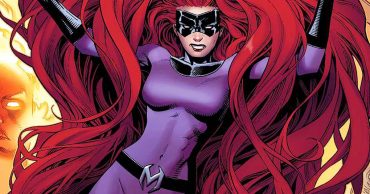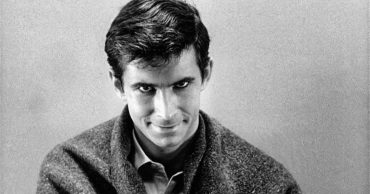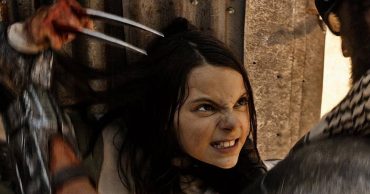The Box is one of the most notorious scenes in Dune, both in the novel and the 2021 Denis Villeneuve film. The Box scene serves many purposes in the narrative, as it helps to build Paul Atreides’ character, establishes the enigmatic nature of the Bene Gesserit, and serves as one of the first and most memorable uses of the famous Litany Against Fear. Few items in the sprawling world of Dune strike such immediate anxiety into characters and audiences alike.
In this scene, Paul is brought to the headquarters of the Bene Gesserit (often called witches by characters in the story) to meet their leader, the Reverend Mother Superior Gaius Mohiam. Paul’s mother is a member of this strange and powerful order and is infamous among them for breaking their prohibition against birthing male children. Prior to his family’s move to the planet of Arrakis, the Reverend Mother Superior has summoned him for the Test of the Gom Jabbar. She places his hand inside a seemingly empty ornate metal box, and a poison-tipped needle at his neck.
What Is In Dune’s Pain Box?
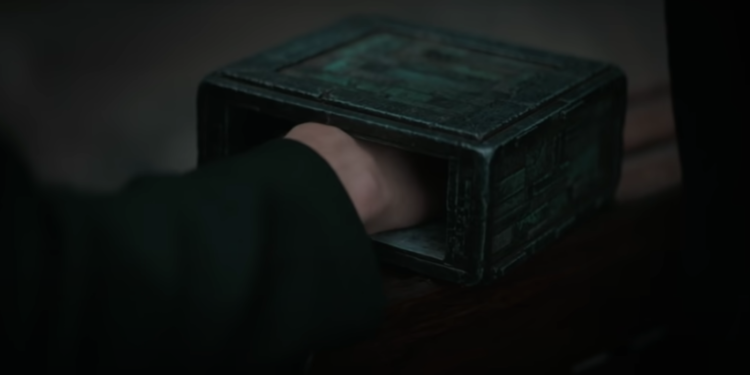
“What’s in the box?” Paul asks. “Pain,” is the reply. Dune‘s explanation is poetic, but it doesn’t really provide much detail for the audience. No switches are flipped, nothing on the box is manipulated, but Paul immediately feels the most intense pain he has ever felt in his life. The Mother Superior explains that if he removes his hand from the box, she will drive the needle into his neck. Its tip is soaked in Gom Jabbar, a meta-cyanide poison. The movie’s poison is sometimes called “the high-handed enemy” for its ability to kill its victim almost instantaneously; a mercy, perhaps, after the Pain Box.
When Paul is finally permitted to remove his hand, he expects to see a charred, blackened stump, but instead finds that he is unharmed. Reverend Mother superior explains that it would be barbaric to physically damage potential inductees into the order, so they have devised a method to create an illusion of pain through nerve induction. It sends impulses through the nerves in the victim’s hand, making it feel as if it is bathed in acid, electrocuted, and on fire all at the same time. Nobody outside the Bene Gesserit knows exactly how this is achieved, including the audience.
What Purpose Does Dune’s Pain Box Serve?
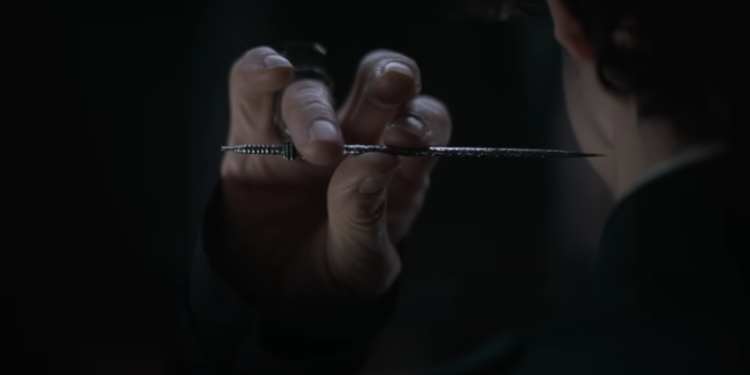
In a world as technologically advanced as Dune, it may appear cruel, even barbaric to torture inductees to an organization in this way. But as brutal as it is, it does serve a purpose as both a rite of passage and a test of whether one is ready physically and mentally for the Sisterhood. The ritual’s full name is the Gom Jabbar Test of Humanity. Reverend Mother explains to Paul that this is a method to determine whether he is “an animal or a human.” Animals, according to her, are slaves to their base impulses. Food, sleep, sex, all things an animal responds to by reflex. Humans are different. They have the ability to think, reason, dream, plan, and display willpower. The purpose of the Pain Box is for someone who wishes to join an order so ancient and powerful to prove that they are Human, and can be responsible with the tactics and abilities they will learn. To respond with reason, and not reflex.
But this scene serves another purpose. Reverend Mother Superior has always hated Jessica Atreides for birthing a son, for the presumption that her child could be the messiah the Bene Gesserit prophesied. So this scene was an attempt for Gaius to prove that Paul is weak and undeserving of being inducted into their order, and to have a sanctioned reason to eliminate what she views as a black mark to their sisterhood. Much to her chagrin, Paul not only passes the test, but endures more pain than anyone in the order ever has. Not only that, the physical intensity brings his mind to a higher level of consciousness, and he has visions of things that are to come, echoes of Dune‘s spice dreams he will soon experience. So in a way, the Pain Box did exactly what it was meant to. It proved Paul was human and paved the way for turning him into Dune‘s prophesied messiah.
 Follow Us
Follow Us

